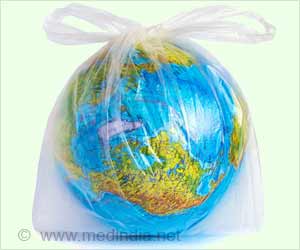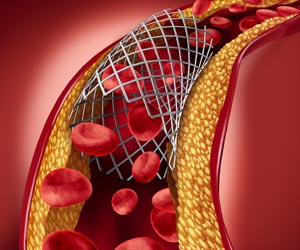The study led by a team of researchers at Nanjing University’s School of Atmospheric Sciences and UC San Diego’s Scripps Institution of Oceanography uses
.
The Nanjing University MITgcm-plastic model (NJU-MP) used in this study works as virtual reality and it was built based on Newton’s laws of motion and the law of conservation of mass.
“The model simulates how the seawater moves driven by wind and how the plastics float on the surface ocean, degraded by sunlight, fouled by plankton, landed on beaches, and sunk to the deep,” said Zhang, the corresponding author and a professor at the School of Atmospheric Sciences at Nanjing University.
Using the model, researchers found that more than eight million tons of pandemic-associated plastic waste have been generated globally, with more than 25,000 tons entering the global ocean.
Within three to four years, a significant portion of this ocean plastic debris is expected to make its way onto either beach or the seabed and later they will go into the ocean.
The incorporated data showed that most of the global plastic waste entering the ocean is coming from Asia, with hospital waste representing the bulk of the land discharge. This finding reveals the need for better management of medical waste in developing countries. br>
This finding also highlights the hotspot rivers and watersheds that require special attention in plastic waste management.
The model also shows that about 80 percent of the plastic debris that transits into the Arctic Ocean will sink quickly, and a circumpolar plastic accumulation zone is modeled to form by 2025.
The Arctic ecosystem is already considered to be particularly vulnerable due to the harsh environment and high sensitivity to climate change. The potential ecological impacts of exposure to accumulated Arctic plastics add another layer of concern.
To combat the influx of plastic waste into the oceans, researchers urge for better management of medical waste in developing countries and also called for global public awareness of the environmental impact of personal protection equipment (PPE) and other plastic products.
The development of innovative technologies for better plastic waste collection, classification, treatment, and recycling, and more environmentally friendly materials is also needed.
Source: Medindia



